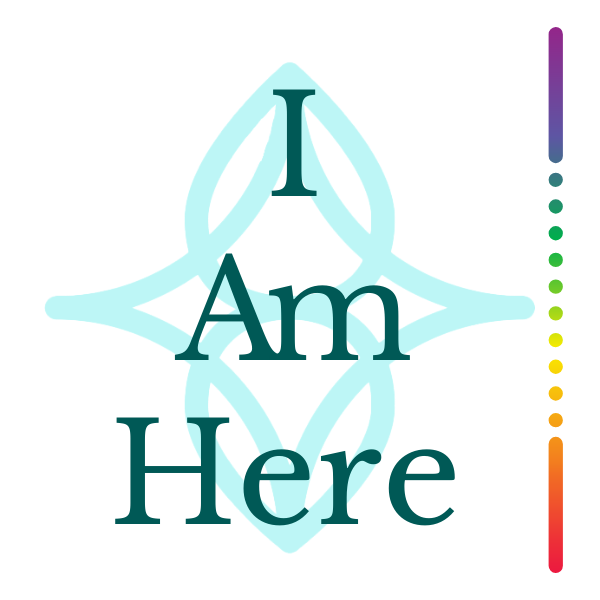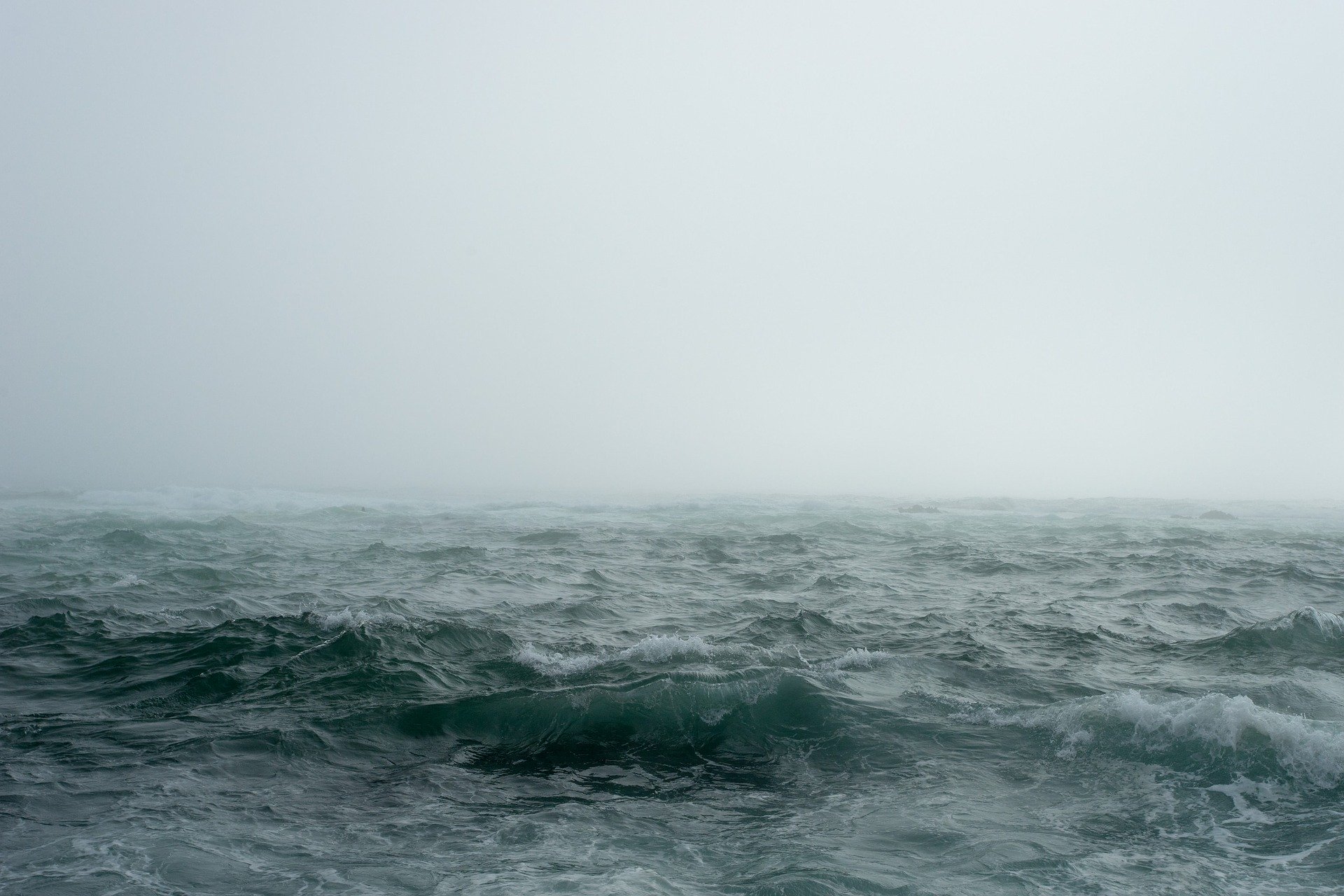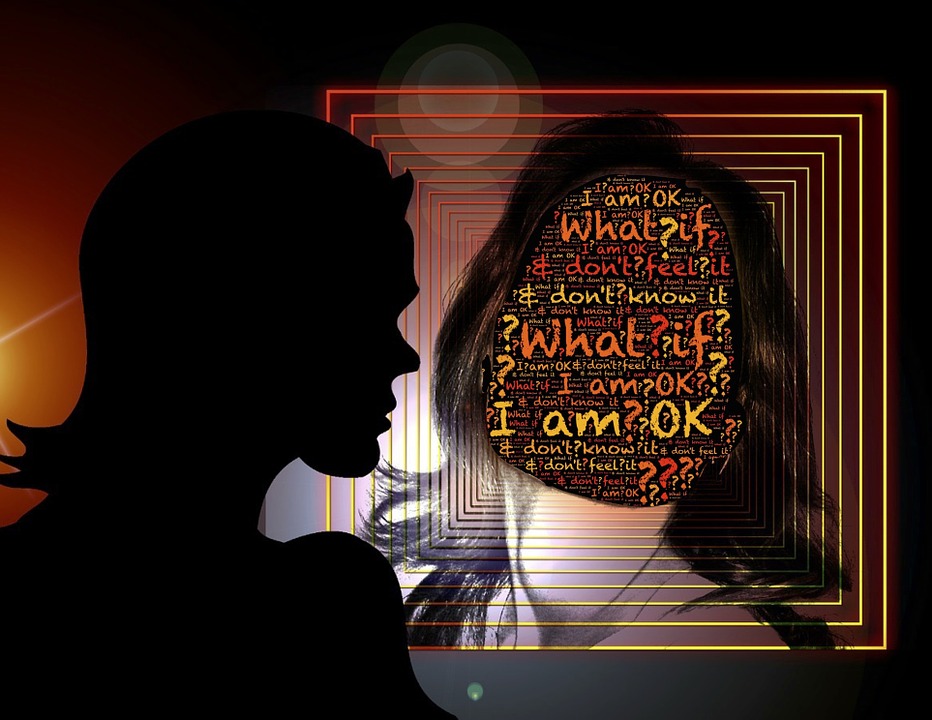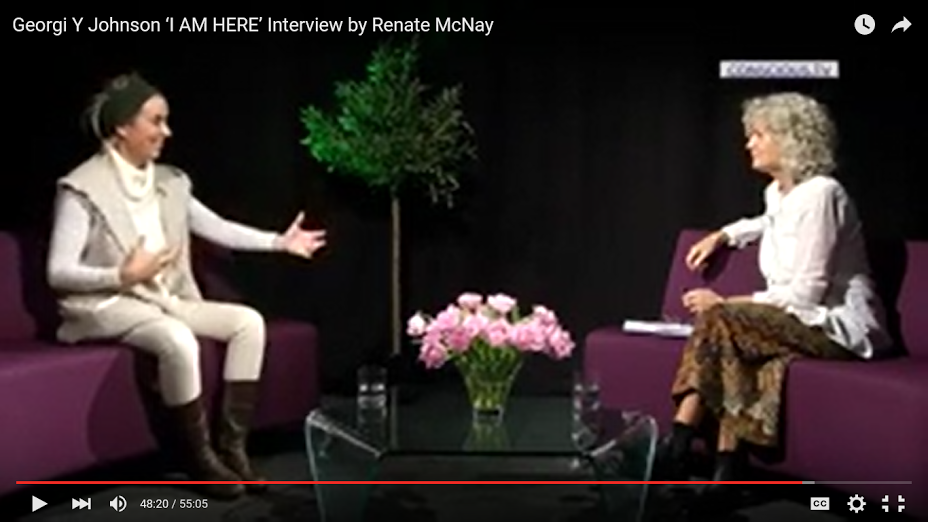Call me Corona and I will teach you about the breath of life, the rivers of impermanence and the wisdom of unity.
Each shock, physical affliction, disease or medical event appears directly as a sentient happening within the field of consciousness. Here, there is inherently no separation between body, heart, and mind. These three layers offer differing reflections of one undivided direct experience. Each is a kind of perceptive window to the phenomena of suffering, and each offers its own translation of the original cause. Together, they make up the music of life.
All experience arises in conscious awareness through vibration. Vibration is always an effect of a deeper cause. Something moves and this causes a series of effects that show up as living experience. Experience has layers that differ through mental, emotional and physical vibrations, yet this differentiation doesn’t mean that the cause is divisible. Body, heart, and mind are like different parts of a musical instrument. Their pitch differs, but they are all in service to the melody.
Imagine a strong wind is blowing. Let’s call her Corona. The effect of the wind is felt through the impressions on the body. Perhaps it’s hard to breathe, as the confrontation of high-pressure wind and lower pressure air in the lungs builds turbulence around the nose and mouth. Perhaps, we feel pressure on the mass of the body and respond by centering into gravity – a pivotal anchor that allows us to lean into the wind to maintain balance. These motoric reflexes are ingenious pathways of resistance and flexibility guided by the maintenance of the stability of the whole. But in changeable conditions, they require both vitality and mindfulness. Each time we move into a fixed position, we can be surprised by a sudden gust of wind that will awaken us with a shock of consciousness to the need to adapt. The ability of the body to stand in the wind will be affected by the form of the body itself – including its history, its strengths and weaknesses, and individual sensitivities. The wind of calling us to awaken.
Now imagine standing in that tumultuous wind but perceiving through the window of sentient awareness – receiving the impressions in the area of the heart. The sensation of having no air can be received as a sense of shock, panic, or as a sense of amazement (a gasp of surprise). This means there can be an impression of terror or excitement. The pressure on the body can awaken old structures of conformity, learned helplessness, humiliation and other sentient vibrations linked to the lack of safety. But here, that insecurity is not only physical but also existential. A process is happening connected with our fundamental trust and esteem. Each time we try to find emotional homeostasis with a certain motoric position, a gust of wind can come from another direction. This could evoke a sense of injustice, the feeling of being a victim in a vindictive world, or the doom-like feeling that we are never truly allowed to relax. Each gust of wind has the power to conjure up a host of unique, individual emotional impressions, based on history, strength and weaknesses and individual sensitivities.
Now, imagine how this tumultuous wind, is affecting us through the perceptive window of the conscious mind – the area of beliefs, thoughts, memory and imagination. For a moment of shock, we are simply a disembodied witness of the whole happening. As soon as we’ve got our breath back, we might cry “Oh my G-od”, or “Mama-mia,” or another exclamation of the ineffable. The excitement or fear could be processed through laughter or steeled into a grim determination to survive. The attention darts rapidly in and out of the body, such that it’s unclear whether thoughts are creating the physical response or following them. Background beliefs are mobilized, which could even be ancestral. These beliefs direct coping strategy and influence patterns of resistance and surrender. For example, one belief around the whole area of crisis can mean we grab hold of a lamppost, or anything or anyone for support. Another belief could lead us to an opposite reflex, which is to stubbornly make it alone. A third belief structure could manifest as a reflex to support or protect others. The way our thoughts react on the wind will be unique, based on past learnings, conclusions and ethics in the areas of survival, nature, shock and the unknown.




